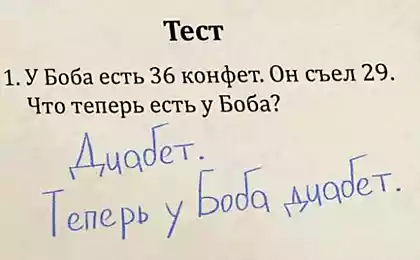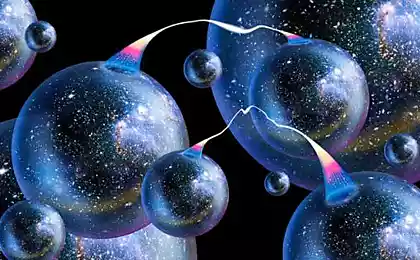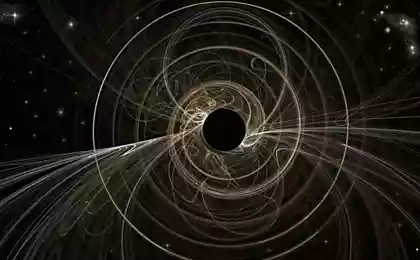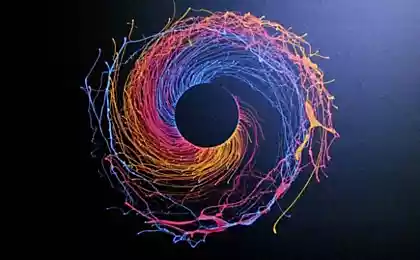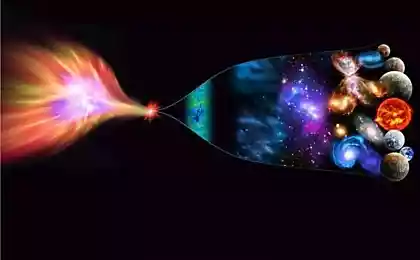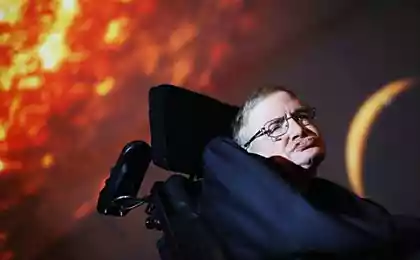461
Physicists stepped back from the "discovery of the century"
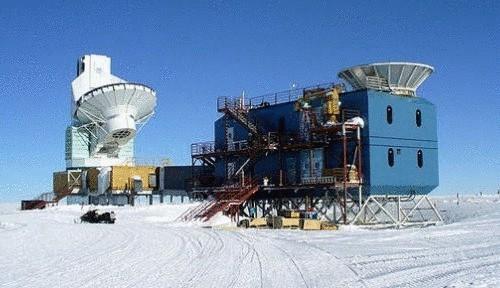
In the month of March this year, a group of physicists from the Harvard-Smithsonian center for astrophysics (Harvard-Smithsonian Center for Astrophysics) announced the receipt of the first evidence of the existence of gravitational waves, which in turn is a direct proof of the fact of expansion of the Universe in the Big Bang. In connection with this discovery, which could be considered one of the discoveries of the century, there have been many grandiose events, projections were made for the Nobel prize, etc. However, the scientists who made the discovery, suffered the disappointment hard, new facts indicate that a significant portion of the detected signals is interstellar cosmic dust, and not echoes of the Big Bang.
We remind our readers that the above mentioned discovery was made by a group of scientists working with the BICEP2 telescope, located in Antarctica. The high sensitivity of the hardware telescope has allowed to detect in the cosmic microwave background radiation (cosmic microwave background, CMB), which is the echoes of the Big Bang, patterns of unusual polarization, the so-called primary B-mods (B-modes). These "twists" the polarization of the radiation as scientists have assumed, according to some characteristics correspond to the influence of primordial gravitational waves, phenomena whose existence was justified only in theory and which has never been observed directly.
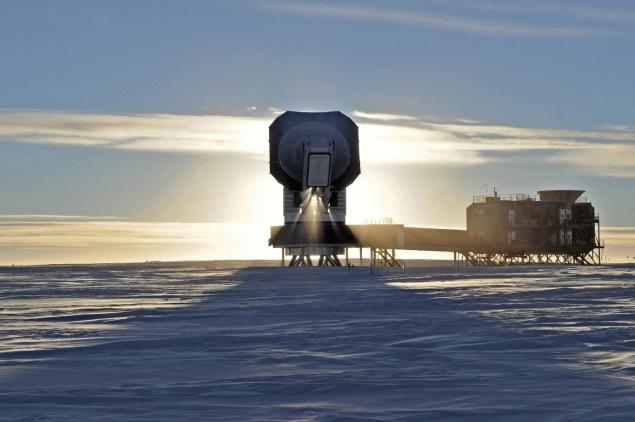
Subject to the foregoing, the data of BICEP2 telescope would seem to provide all the evidence of the existence of primordial gravitational waves, the expanding Universe and the Big Bang. Yay! Applause! Nobel prize!
However, the presence of primary B-modes of polarization of the background radiation can be explained by the influence of more mundane factors — the interstellar cosmic dust. Experiment BICEP2 scientists tried to compensate for this hindering factor, using several cosmological models that describe the properties and location of the clusters of cosmic dust. These data were provided by scientists and astronomers of the European space Agency (ESA), working with the space telescope Planck, and, as often happens in life, the transmitted data was very imprecise, reflecting the existing pattern very roughly.
Currently, scientists, ESA has produced more accurate maps, data, which indicate more interference that influenced the experimental data of BICEP2, the source of which is space dust. Quantitative signal, whose source is cosmic dust, to the useful signal still turns and the first results on this issue will be no earlier than November of this year.
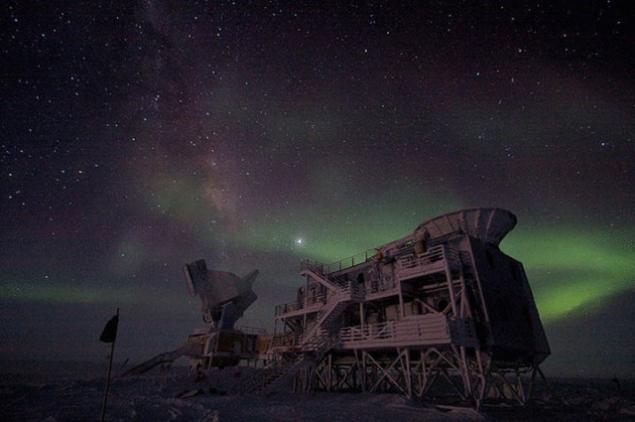
However there is still some hope that the scientists of the BICEP2 experiment was able to detect more than signals from cosmic dust. But even without this it is clear that the recent euphoria about the discovery was premature. One can only hope that the data of the BICEP2 experiment will be found helpful information, and the efforts of scientists and money was not wasted. Although, as is often said in science, a negative result is also a result.
Source: www.dailytechinfo.org
Photo by Michael Sheridan— as the trade in different countries
Photos of dogs taken at the right moment


